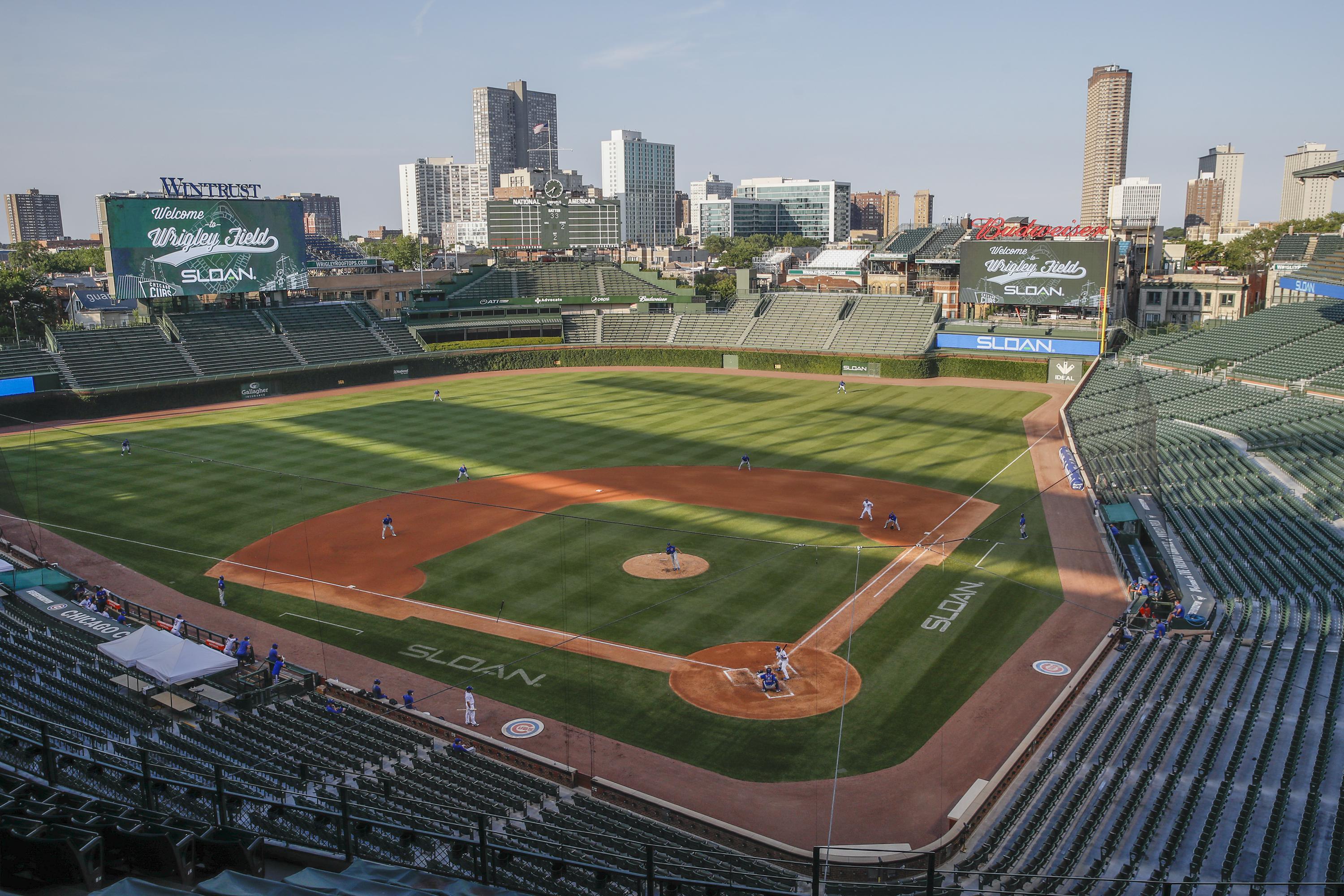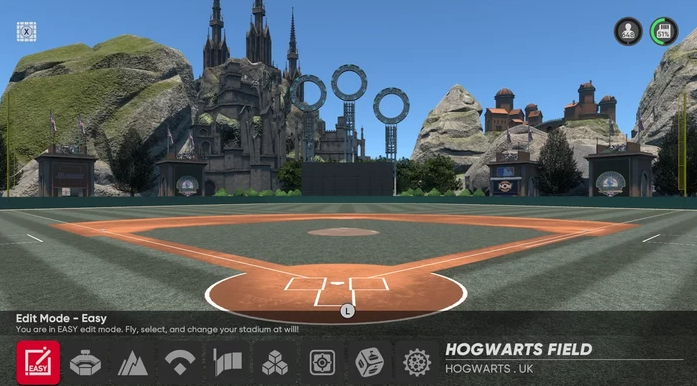

A transit or field level is best for setting the height, but in a pinch, other methods my also work. Miscalculation of the pitcher's mound height is probably the second most common error in setting up a baseball field. A regulation pitcher's mound is 10 - inches high (compared to surface level of home plate). The top of the mound consists of a plateau that is 5 feet wide.ġ1. The diameter of a pitcher's mound clay is 18 feet, with 10 feet from the front of the rubber, toward home plate and 8 feet from the back of the rubber.ġ0. Next, turn your attention to the pitcher's mound. You can leave the base paths grassed if you like, or you can turn them into skinned base paths.ĩ. To make a "slide area" around the bases, cut out turf around bases by measuring a 13-foot radius within the 90-foot square. Improperly placed second base is one of the most common mistakes made when setting up a baseball field.Ĩ. First and third base fit within the square, but second base is measured to the center of the bag. A baseball diamond is actually a 90-foot square.ħ. The point where the two tapes cross at the 90-foot mark is the back corner of the bases.

Stretch one tape from second base stake toward the first base line and the second tape from the back tip of home plate toward first base area. The easiest way to find first and third base is to use two tape measures. The pitching rubber should be at 60 feet 6 inches.Ħ.

The placement can be marked by measuring from the back tip of home plate along a string stretched to second base. With the tape measure still in place, it is easiest to go ahead and mark the location of the pitching rubber at this time. When installing base pads, this will be the center of second base.ĥ. Measure from the back tip of home plate to a distance of 127 feet and 3 3/8 inches (see Table 2 for distance between bases for other leagues). Using the apex of home plate (back corner), cut out turf in a 13-foot radius.Ĥ. If it is truly a backyard field and fans behind the batters box are not likely, planting shrubs about 60 feet (minimum required for high school and college fields) behind home plate may prevent errant balls from rolling too far away from the field.ģ. Be sure to plan for some type of backstop to contain stray pitches and to protect fans from tipped balls. Placement of home plate determines layout of the field. It is helpful to mark out the components of an infield with paint as outlined below to visualize the field before you actually start removing turf.Ģ. If that is not the case, plan a turf management program to coincide with the construction of your ball field. Ideally, the open area has a good, dense stand of turf or with a little help one can be rejuvenated.

If some elevation is on-site, it should be in the infield area. Power tools and some extra hands will make the project go much faster.ġ. A few basic tools such as shovels, rakes, a couple of measuring tapes, a small sledge hammer, a tamp or roller as well as some supplies such as stakes, string, paint (inverted aerosol spray cans), pitching rubber, bases, and home plate are needed to complete this project. In addition to the steps, a few tips and suggestions were also included. If you can follow these basic 13 steps, you can build your own field of dreams. The following list is a basic 13-step program for laying out a baseball field (Figure 1).
#Baseball stadium design software full size#
( click here for a full size image of Figure 1.) One thing that does not change though, is the basic layout. The concept of clay management is similar to turf management in that it is difficult to write a maintenance program for all infield skinned areas due to diversity among infield soils. Since about 66% of the game is played on the infield, "skinned" areas should receive as much attention as the turf areas. the necessary field equipment (bases, pitching rubber) and surrounding structures such as fences.īaseball and softball are the only major sports that are played on fields that have both turf and exposed soil for a playing surface. a sound maintenance program to address turf and clay conditionsĤ. properly designed, installed and maintained irrigation systemsģ. In addition to the field set-up requirements, keep in mind that to have a quality turfgrass playing surface, sports fields must have the following:Ģ. The following instructions are designed to help set up a field from a relatively level, open area of ground. Whether you are a parks and recreation type, work for a local school system, or just want your own regulation backyard baseball field, knowing a few basics is necessary before you can build your own field. Properly laid out and constructed baseball fields are paramount to the game. Baseball Field Layout and Construction (1)Ĭopyrighted by the University of Florida, Institute of Food and Agricultural Sciences (UF/IFAS)


 0 kommentar(er)
0 kommentar(er)
